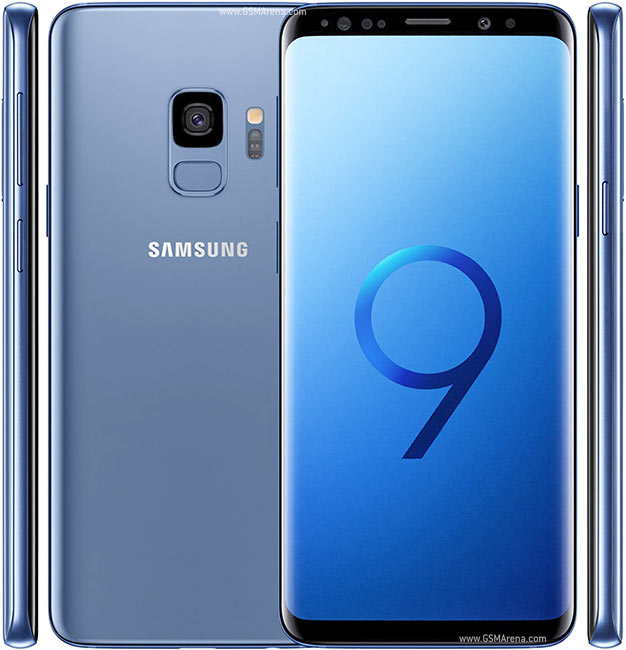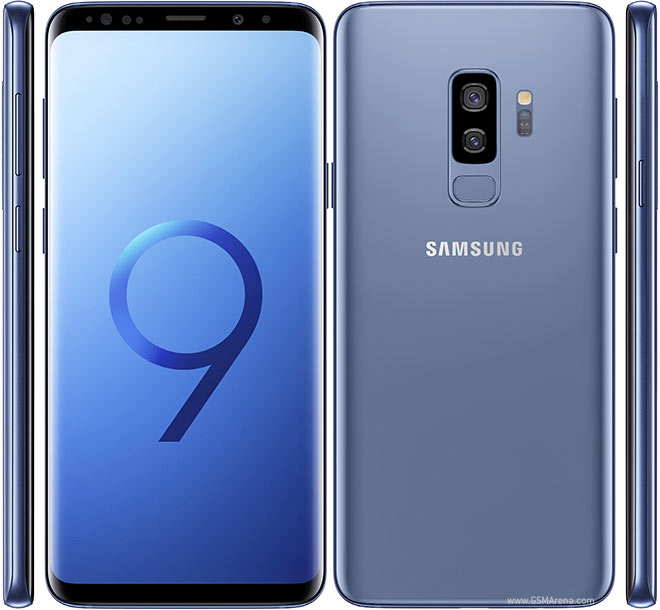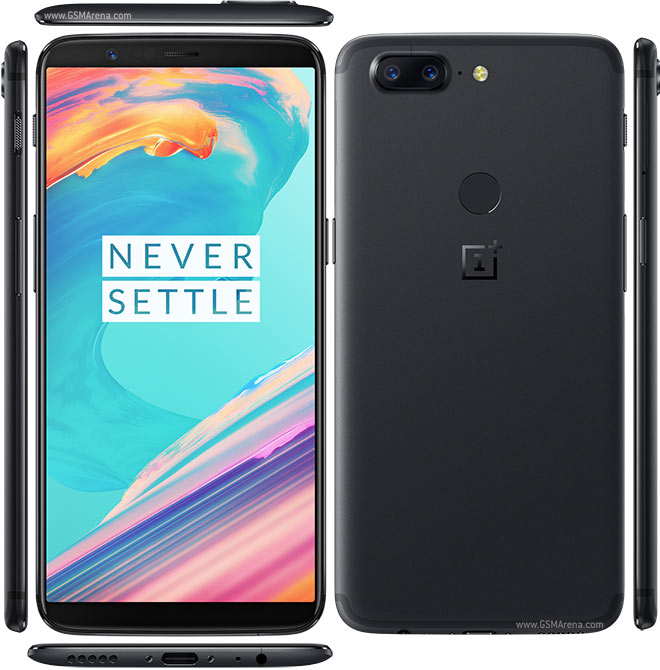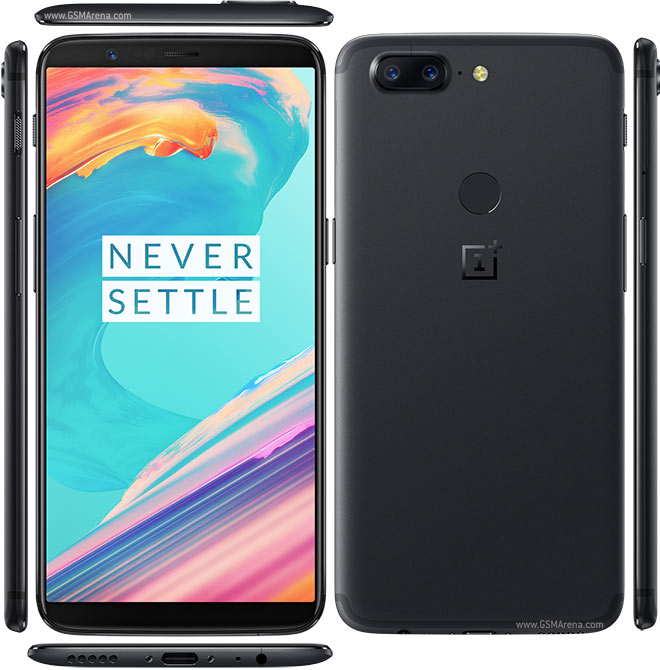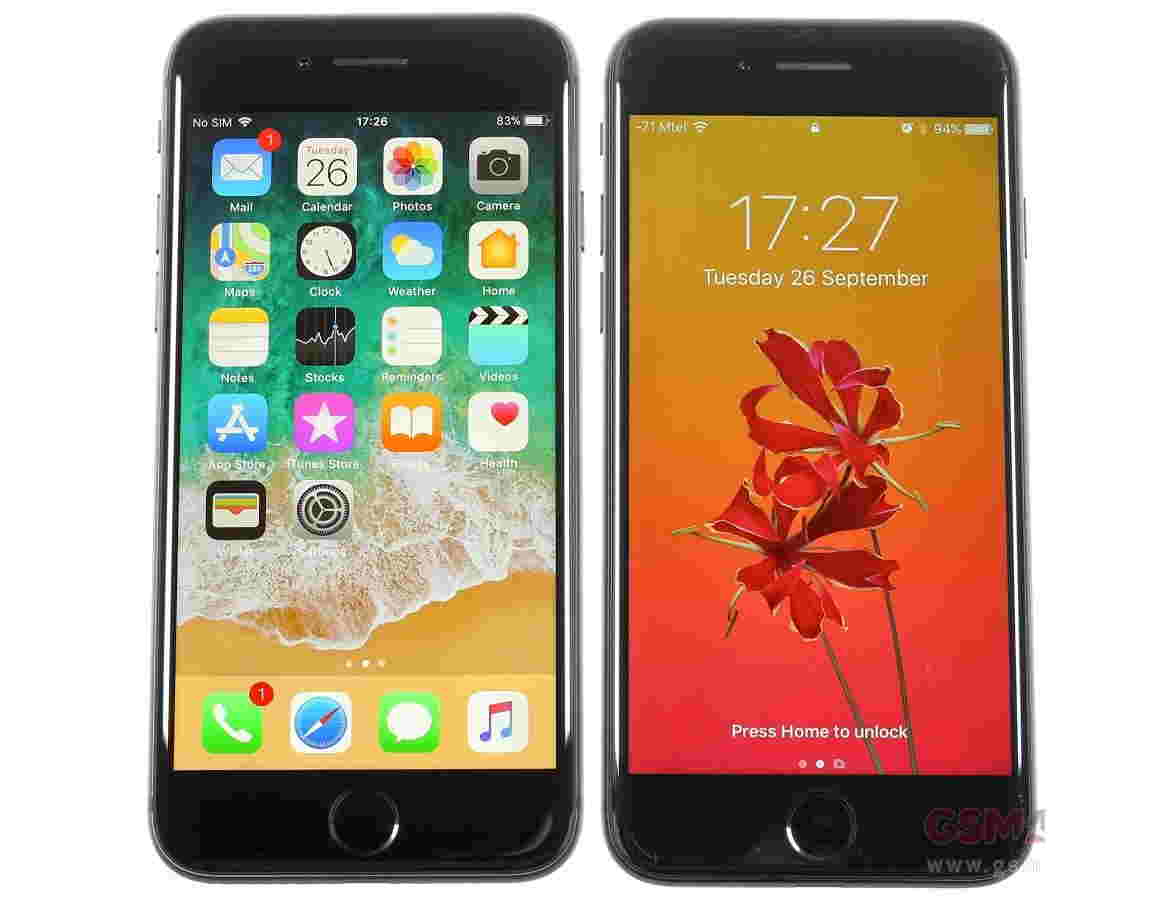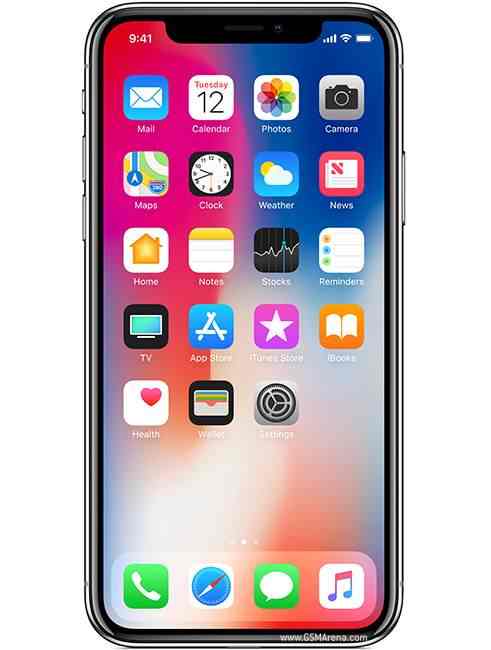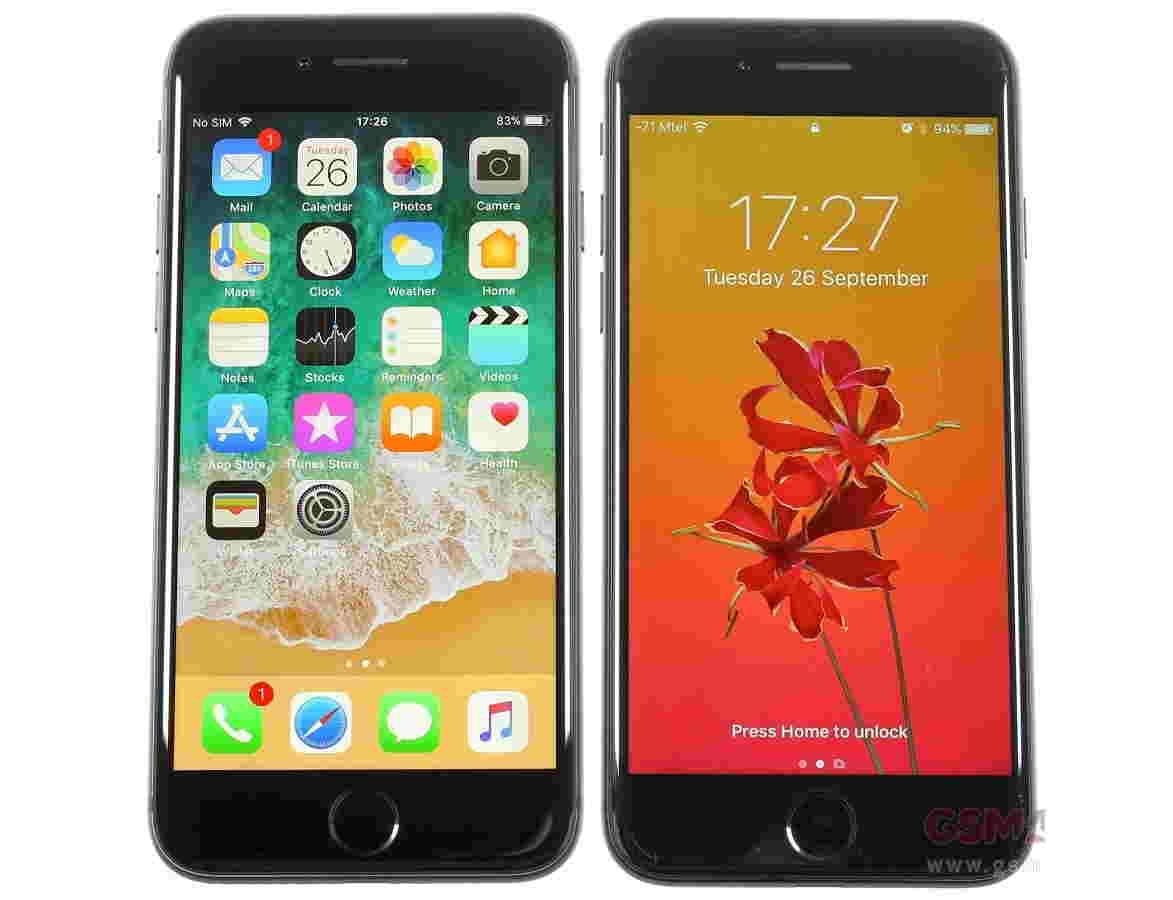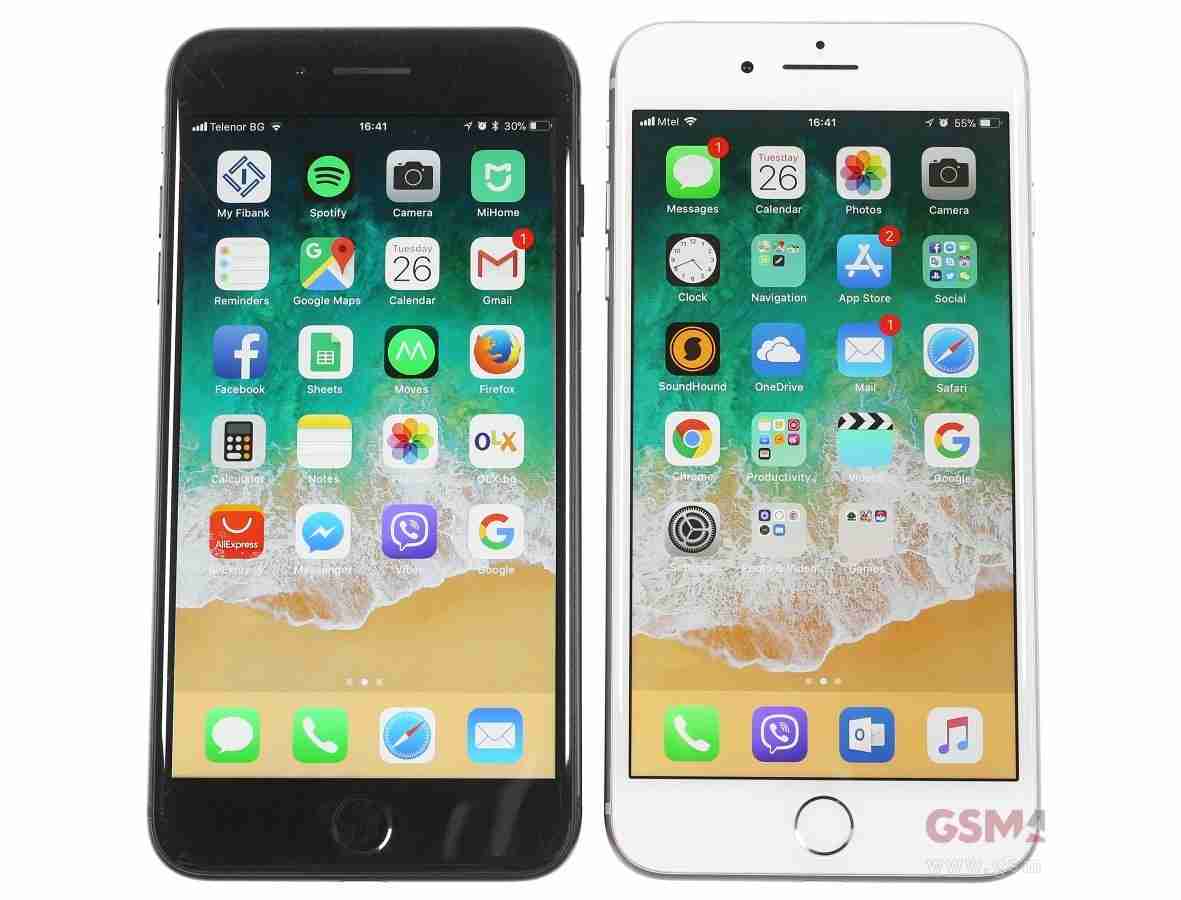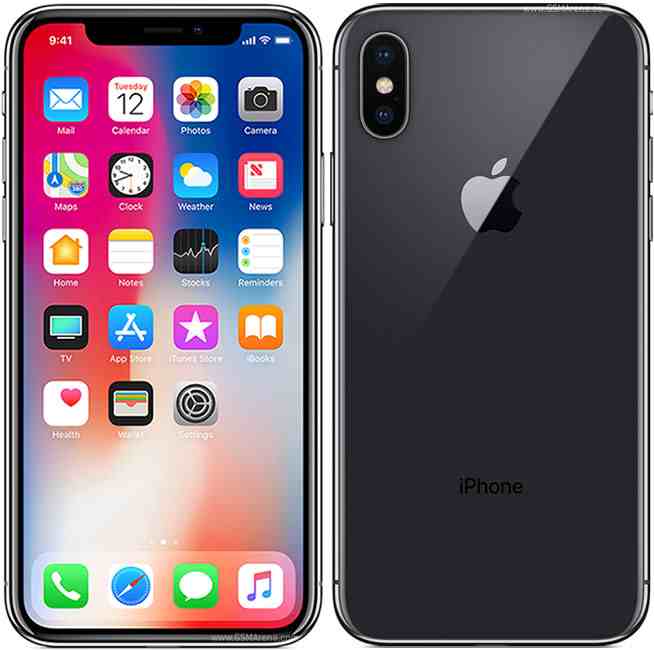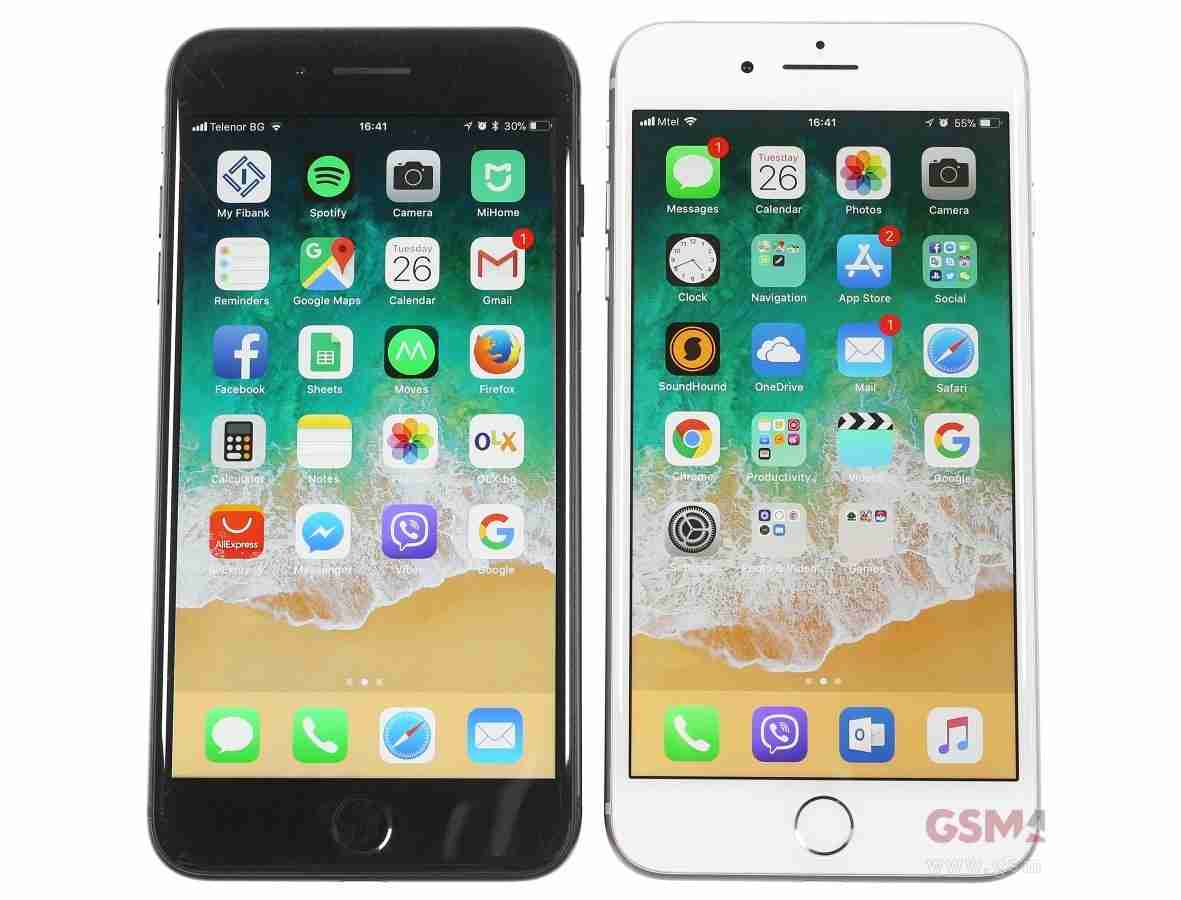
Back in late 2014 it looked like Samsung was about to implode. The Tetris blocks that make up our understanding of the tech market were wobbling as the giant's profits tumbled by 60%.
Samsung said it would change its approach to phones entirely to bring things around. And we're just about to go through the same rigmarole with another earnings call.
Except that when you look at things closer, the situation isn't quite as it appears. Yes, Samsung's profits fell by 60%, but we are fundamentally talking about a company in profit, when so many other giants flit between red and black like a nervous roulette player.
But quarter-to-quarter performance is important in any giant corporation, and it seems to have taken hold of the way the Samsung makes phones.
Sadly.
Crazy from the heat
Samsung has shown an almost pathological need to make its expensive phones stand out from the rest, without ever stepping back to assess whether its hand.
Heart rate sensors and fingerprint scanners that barely work. Plastic textured backs that literally no-one out outside of a Samsung board room likes. These things defined Samsung's 2014 in mobile, part of its grand corporate plan to stay market leader.
That was just the beginning. Now Samsung is following those up in 2015 with screens that curve around the sides and, in a rare moment of honest self-improvement, metal edges instead of chromed plastic prone to chipping.
But for the most part, Samsung plugs more and more into its phones until overwhelming public opinion forces it to act against type. This is something we saw in its software: it became more and labyrinthine until this simply became the polar opposite of what people were looking for in 2014.
People-friendly - not
Here we come to the crux of the issue. Samsung's design process is not about what people want or even what they'll come to want when they get their hands on it.
It's more about very conspicuous supposed benefits that can be prodded and listed in bullet-point form, not to mention waved in the faces of shareholders by senior execs. And we've heard more than once about how Samsung's Korea-lead 'top-down' approach can lead to the whims and hunches of a few steering an entire division of thousands.
Now, sometimes this can work wonders, and has led to numerous Samsung innovations. But it is a myopic way to operate.
And, boy, have we seen that in action in Samsung.
Value King
Here's the stinger: Samsung hasn't made a good budget phone since 2012, maybe earlier depending on how picky we're feeling.
The company spent hundreds of millions of dollars marketing the Galaxy S5 and S4, yet its obsession with high margin phones has seen it almost completely ignore an important segment of the western market.
Phone makers may bang on about developing countries and the hundreds of million of untapped customers just waiting to be turned into smartphone drones. But what about people back home who just won't want to spend more than £200 on a SIM-free phone, or £20 on a monthly contract?
Samsung's efforts in this area over the past two years have been embarrassing. The Galaxy Young and Fame were truly dreadful, and its slightly more expensive models are so thin on the ground that Carphone Warehouse still sells the Samsung Galaxy S3 Mini. That's a two-and-a-half year-old phone that wasn't much cop in the first place, there to cater for those who simply must have a Galaxy.
Its budget phones coast on the Galaxy name, which makes us wonder: does Samsung think budget phone buyers are plain idiots?
The space you made
Consumers aren't the only one's missing out though, Samsung is missing out too. As we've been shown a couple of times before, there's a massive potential audience for a good, simple, affordable phone.
The Nokia Lumia 520 remains the best-selling Windows mobile phone ever, and the Motorola Moto G is now by far the best-selling phone Motorola has produced. These products were only as successful as they are because Samsung left this particular field wide open.
After all the phones it has designed, the hundreds and hundreds of millions spent and billions earned, why can't Samsung give us anything remotely similar?
It has the supply chains in place, and with a flick of a proverbial switch could have the economies of scale to match these budget giants, but in 2015 style.
Is it scared? Does it know that for £150 it could make a 4G phone so good that we'd all give up our dreams of owning a fabled Samsung Galaxy S6?
We can imagine Samsung's execs' discomfort at such an idea. The truth is the market is naturally segmented because it relies so heavily on carrier subsidy (in the US/UK at least).
On your A-game
In 2015 Samsung is finally, finally going to re-energise its more affordable phones with the A-series. But it looks as though it'll be a case of too little, too late.
Take the Galaxy A3, for example. It costs around £240 SIM-free (available on contract from February) and yet offers lower display resolution than the £100-odd Moto G.
Yes it has metal sides and is skinny, but when you strip out all the extraneous bits you'll get used to in two and a half days, it's no better than some phones that cost half the price. Worse than some even.
Will it sell well regardless? When Samsung gets around to releasing it properly in February, then probably. But we wish Samsung would spend just five minutes considering its customers over its shareholders. Because we've been waiting for a good budget Samsung phone for an awful long time.
We're still waiting.




